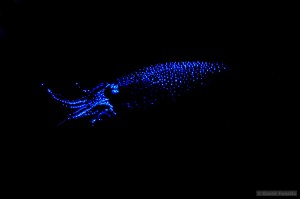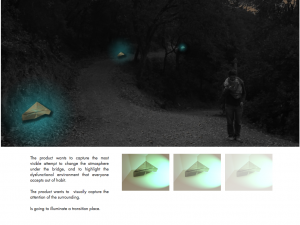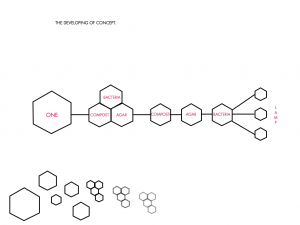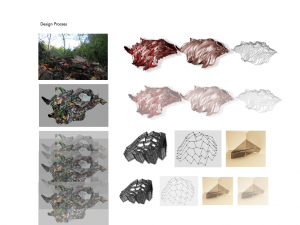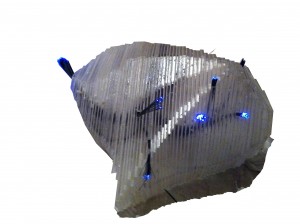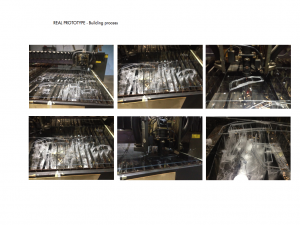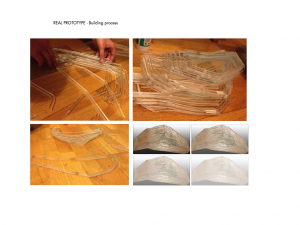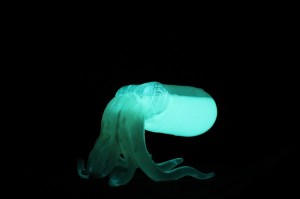
In order to live, grow and glow, the vibrio fischeri, bioluminescent bacteria that we are using for our project, needs to continuously be fed.
But it also needs to live in specific conditions of temperature, PH etc…Our goal is to provide to this bacteria an adequate habitat, that would ideally be self sufficient. This would allow the creation of a continuous diffuse light.
Bioluminescence
Bioluminescence refers to the visible light emission in living organisms that accompanies the oxidation of organic compounds (luciferins) mediated by an enzyme catalyst (luciferase). Luminescent organisms, which include bacteria, fungi, fish, insects, algae, and squid, have been found in marine, freshwater, and terrestrial habitats, with bacteria being the most widespread and abundant luminescent organism in nature.
The process of autoinduction has two components. First of all, the cells have to send out a signal that they are present in the environment. Secondly, they must determine if there are other cells present in the surrounding environment. The signal that is both sent out and received is only one molecule call the autoinducer. The gene expression of the luminescent (lux) operon is induced only in high bacterial populations when the individual bacteria sense a quorum. The autoinducer (LuxI) and transcriptional activator (LuxR), which are required for activation of the luminescence genes are encoded by a single pair of genes &endash; luxI and luxR. There is a direct interaction of each transcriptional activator with its proper autoinducer.
Requirement
The habitat needs to include all of the following:
-A recipient where the bacteria is kept in adequate living conditions.
-Optic Fibers that transmit the light from its source (the recipient containing the bacteria) to the surface skin of the installation and/or beyond.
-A unit containing the agar, the nutrient that feeds the bacteria. (ideally self-regenerated)
-A unit containing compost material which resulting methane gas is directed to the bacteria recipient in order to create movement in the bacterial liquid, as to keep an oxygen circulation.
Design Process
The design process starts with the creation of grid, formed by a tessalation of hexagons.
This tessallation is necessary so the different units of the installations, that have different functions, could communicate.
A topography formed of vegetations and old stones, in the ruins area of Valldaura, have been reproduced through the 123d catch Autodesk software.
the mesh has been then transformed into a surface, and the original hexagons grid applied on it.
The installation that emerges from the extrusion of the created lines is thus completely embedded in the site and fits perfectly the chosen area.
This whole installation becomes like a system that allows the continuous glow of the bacteria.
The Installation
The recipient containing the bacteria is double skinned.
The first skin is in metal, which is the best material for the growth o f the bacteria.
This metal is painted with chrome paint as to reflect the environment.
This opaque layer is used to conserve the light inside the recipient.
The light will only visible through optic fibers.
The exterior layer is of plexiglass, allowing transparency and depth.
The air in the void between the two layers helps the thermal insulation.

